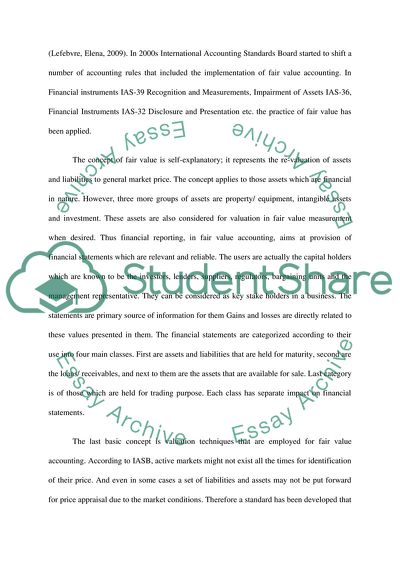Cite this document
(Advanced Financial Reporting & Regulation Assignment, n.d.)
Advanced Financial Reporting & Regulation Assignment. https://studentshare.org/finance-accounting/1813059-advanced-financial-reporting-regulation
Advanced Financial Reporting & Regulation Assignment. https://studentshare.org/finance-accounting/1813059-advanced-financial-reporting-regulation
(Advanced Financial Reporting & Regulation Assignment)
Advanced Financial Reporting & Regulation Assignment. https://studentshare.org/finance-accounting/1813059-advanced-financial-reporting-regulation.
Advanced Financial Reporting & Regulation Assignment. https://studentshare.org/finance-accounting/1813059-advanced-financial-reporting-regulation.
“Advanced Financial Reporting & Regulation Assignment”. https://studentshare.org/finance-accounting/1813059-advanced-financial-reporting-regulation.


